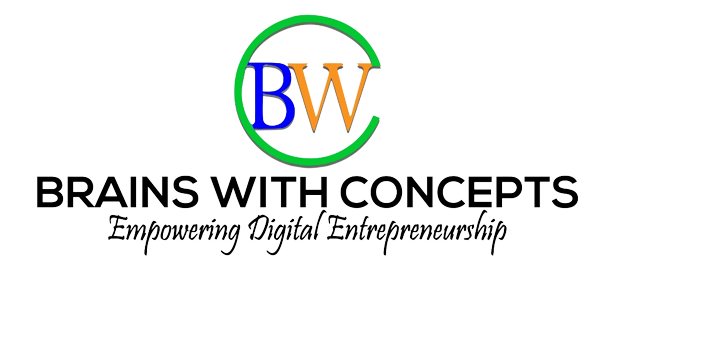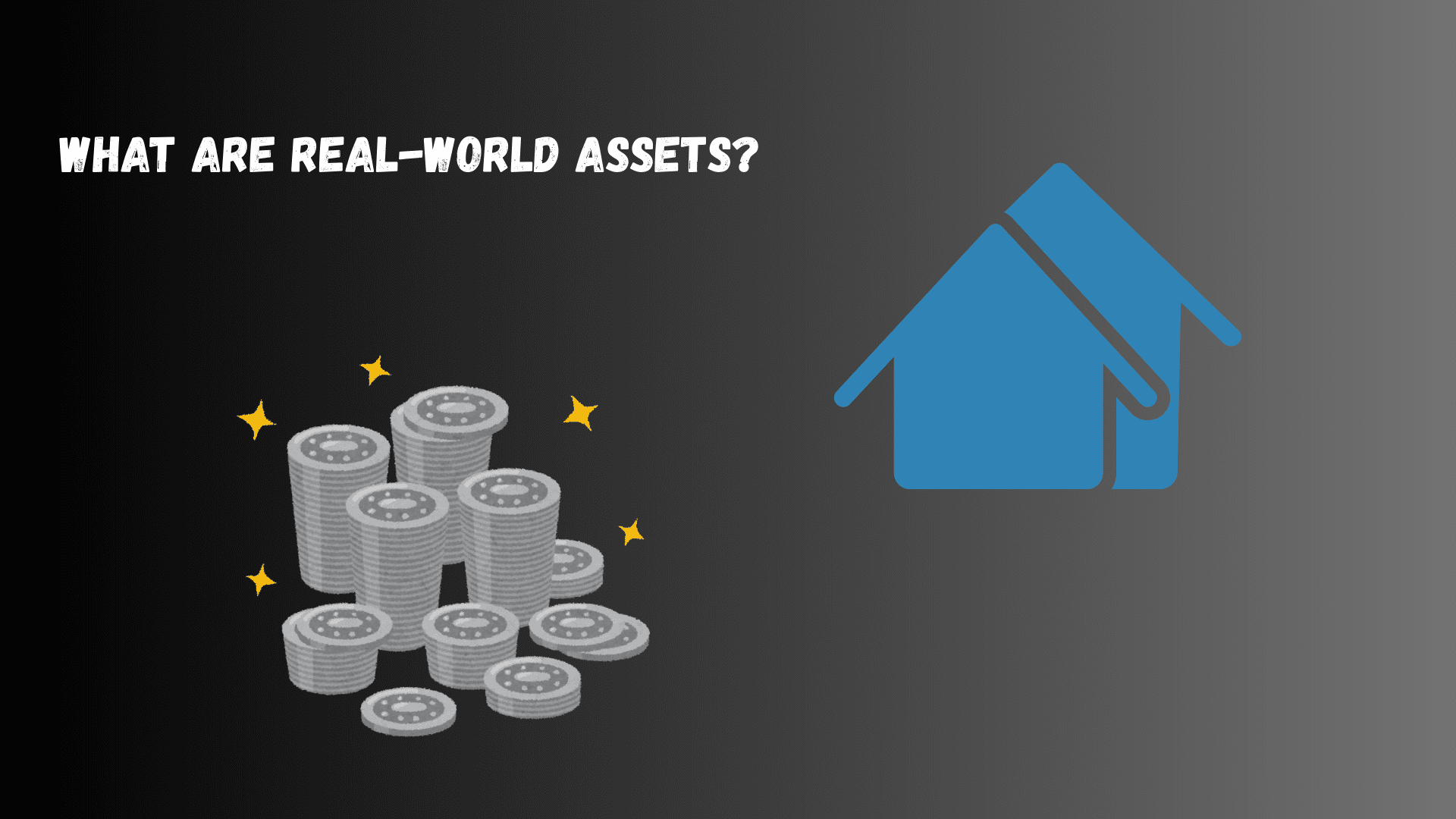For decades, access to high-value assets like real estate, gold and government bonds has been limited to the wealthy and well-connected individuals, leaving everyday investors locked out due to high costs, complex legal structure and limited liquidity. This lack of access has created a global wealth gap and slowed financial inclusion, especially in emerging markets. Real-World Assets in Kenya offer a powerful solution by using blockchain technology to tokenize physical and financial assets, making them digitally tradable, more transparent and accessible to anyone with an internet connection. By bridging traditional finance with decentralized systems, RWAs are unlocking global investment opportunities and revolutionizing how we own, trade, and manage real-world value.
What are real-world assets?
Real-world assets refer to tangible and intangible assets from the physical or traditional economy that have real value and can be represented digitally and stored on the blockchain. These real-world assets include
- Real estate
- Commodities (gold, etc.)
- Corporate bonds
- Equities
- Intellectual property and Fine art
Types of real-world assets
There are two main types of real-world assets in Kenya. They include
1. Tangible real-world assets
These are physical assets with real value. They include
- Real estate like homes, commercial buildings.
- Precious metals such as gold, silver
- Agricultural produce like coffee, wheat, tea.
- Machinery and equipment.
- Luxury goods like vintage items that are available in digital form.
2. In tangible real-world assets
These are non-physical assets that hold a significant value. They include
- Stocks and bonds
- Royalties and copyrights
- Carbon credits
- Invoices (trade finance)
Why real-world assets in Kenya matter in 2025
Real-world assets in Kenya play a crucial role in businesses, DeFi, etc. Here is a breakdown of why it matters
i) Bridging Traditional Finance and DeFi
RWA has allowed decentralized finance (DeFi) protocols to integrate real-world value into blockchain, providing more stable yield and reduced volatility.
ii) increased liquidity
Fractional ownership and 24/7 trading, which increase market participation, have been made possible through tokenized real-world assets. Tokenization helps assets to be split into digital tokens, which now represent fractional ownership.
iii) Easy access to global capital
In emerging market countries like Kenya, small business enterprises, real estate developers and farmers struggle a lot when it comes to accessing funds through traditional methods due to lack of collateral and credit history. Real-world assets in Kenya can change this by allowing asset owners to tokenize and offer their assets to a global pool of investors, not just those in their local market. This unlocks new sources of global capital, helping potential business owners not to fully rely on banks and such financial institutions.
iv) Transparency and Security
Blockchain has the ability to create systems where transaction and ownership are verified by use of a code and not middlemen. This means buyers can verify asset details by themselves without relying on third parties. Investors can also track how their assets are performing in real time. In addition, smart contracts can even automate dividend payments or loan interest leveling transparency hence reducing fraud, increasing investor confidence and building a more secure, efficient asset ecosystem.
Tokenizing real-world assets (RWA)
Tokenizing real-world assets involves representing the ownership rights of assets as on-chain tokens. It begins with the identification of an asset, where an asset such as a house is selected based on its value and potential digital representation.
The next step is legal structuring, which ensures the tokenized version of the asset has a legitimate connection to the real-world ownership rights. This usually involves setting up a Special Purpose Vehicle (SPV), which is a separate legal entity that holds the asset on behalf of token holders—to meet regulatory standards and provide legal protection for investors.
After legal structuring, the assets undergo valuation by an independent third party. This is to ensure that the price that is assigned to the tokens matches with the true market value. This ensures there is trust and transparency.
Once all the above are met, the next phase is token insurance. The asset is digitally represented in a blockchain network as a set of tokens, each representing a fraction of a share. These tokens are now ready for purchase and trading. They can also be used in decentralized finance applications like lending.
Finally, the process requires custody and management. A licensed custodian or a manager who serves as a trusted entity in this case physically holds and oversees the assets. He is expected to provide regular updates and performance data of the assets to ensure accountability. This final step is crucial because, although the asset lives on the blockchain digitally, its real-world counterpart still needs to be protected, maintained and reported on a regular basis.
Benefits of tokenized real-world assets in kenya
a) Increased Access to Investment Opportunities
Most average Kenyans were excluded from investing in real estate, government bomds and infrastructure projects. Traditionally, this was because of the amount of capital that was required. With the emergence of RWA, fractional ownership is now possible and RWA is empowering youth, small business owners and rural investors to participate in previously inaccessible markets. It is beneficial to both asset owners looking to unlock the value of an asset and investors seeking diverse job opportunities.
b) Transparency and trust
Blockchain records every transaction, and it is presented publicly, making it harder for cases like fraud and disputes over ownership. Blockchain-based tokenization could create a clear, tamper-proof digital history of property rights and ownership, restoring public trust, security and transparency in asset dealings.
c) Enhances liquidity and flexibility
Tokenized real-world assets in Kenya enhance liquidity by allowing traditionally illiquid assets like corporate bonds, land or real estate to be easily traded on digital platforms. Investors can quickly trade fractional ownership without lengthy processes or high costs. This flexibility empowers Kenyans to diversify and adjust their portfolios more efficiently.
Challenges and risks associated with tokenized real-world assets
Although real-world assets in Kenya present themselves with numerous opportunities to be explored and utilized, they also have their own risks. These risks include
a) Technology and Infrastructure Barriers
Tokenized assets require stable internet, mobile devices, and secure digital wallets. Without reliable tech infrastructure, adoption of RWA remains limited to urban or digitally literate populations, widening the financial inclusion gap.
b) Regulatory Uncertainty
Kenya is still developing its regulatory stance on digital assets, including RWAs. There is no comprehensive law covering tokenized securities, property tokens, or smart contracts in institutions like the Capital Markets Authority (CMA) and the Central Bank of Kenya (CBK). This poses a great risk to investors, as platforms dealing with these assets might be shut down unexpectedly, leading to losses.
c) Asset Verification Issues
One of the biggest hurdles is verifying that a token truly represents a legitimate, legally transferable asset. Land records, for example, are still heavily paper-based and prone to corruption or duplication. Unless blockchain-based tokens are linked to government-recognized registries, the tokens may have no real legal power.
The Role of RWAs in Decentralized Finance (DeFi)
Tokenized RWAs have the potential to change the landscape of decentralized finance by bridging traditional financial value with blockchain-based systems. By integrating these assets, whether tangible or intangible, into DeFi protocols, the network gains access to more stable, yield-generating forms of collateral, reducing reliance on volatile cryptocurrencies and enhancing the overall stability and maturity of DeFi.Tokenization of RWAs may contribute widely to the acceptance of crypto and crypto-related industries. They can also help enable novel financial products. RWAs in DeFi not only boost financial inclusion by lowering investment entry barriers to potential investors but also pave the way for more meaningful participation in the global digital economy.
The future of real-world assets in kenya
The future of real-world assets in Kenya is poised for significant growth as blockchain network adoption, mobile technology and regulatory interest continue to evolve gradually. With the potential to tokenize assets like land, government bonds and real estate, RWAs can unlock new investment opportunities for everyday Kenyans and investors while attracting global capital into local Kenyan markets. As financial institutions and regulators begin to explore digital assets, tokenized RWAs could play a vital role in enhancing financial inclusion, improving asset liquidity, and creating more secure,transparent and efficient markets across various sectors.
FAQs
How can I invest in real-world assets (RWAs)?
You can invest in RWAs by purchasing tokenized versions of real-world assets—such as real estate, bonds, or invoices—through regulated digital platforms or blockchain-based DeFi protocols. This usually involves creating a digital wallet, completing KYC (Know Your Customer) verification, and using fiat or cryptocurrency to buy fractional ownership in the asset.
How can I invest in real-world assets (RWAs)?
You can invest in RWAs by purchasing tokenized versions of real-world assets—such as real estate, bonds, or invoices—through regulated digital platforms or blockchain-based DeFi protocols. This usually involves creating a digital wallet, completing KYC (Know Your Customer) verification, and using fiat or cryptocurrency to buy fractional ownership in the asset.
How do I purchase real-world assets (RWAs)?
To purchase RWAs, you need to sign up on a trusted tokenization or DeFi platform that offers RWA investments. After completing identity verification (KYC), you can fund your account using fiat or cryptocurrency and buy fractional tokens of assets like real estate, bonds, or commodities directly through the platform.
Conclusion
Real-world assets in Kenya are revolutionizing the way traditional assets interact with the blockchain. By combining the reliability of real-world value with the efficiency of decentralized networks, RWAs are opening up new investment frontiers for individuals and institutions alike. Whether you’re a crypto investor looking for stable returns or a traditional investor seeking liquidity and transparency, RWAs present an exciting opportunity in 2025.

